Indylady
Ideal_Rock
- Joined
- Apr 28, 2008
- Messages
- 5,777
Does anyone have experience with Greenland rubies? I just bought a pair and they are incredible. I am not sure if they have flouro - I’ll need to test that out later today and report back, but these rubies are seriously some of the reddest reds I’ve ever seen. They are all heated and ethically mined (though I haven’t done a deep dive into what this means, it seems legitimate).



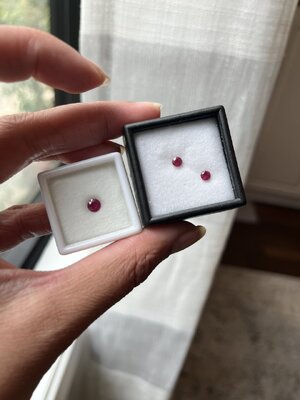
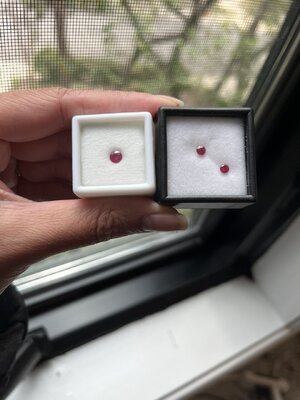
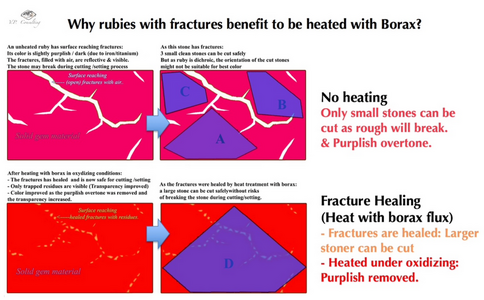

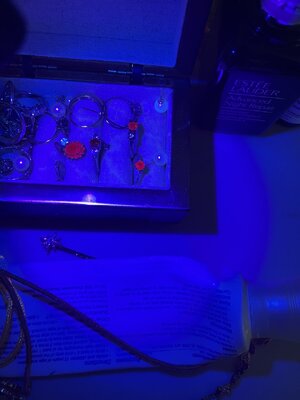
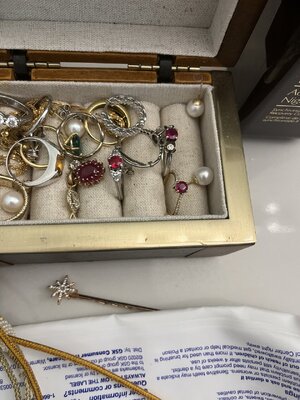
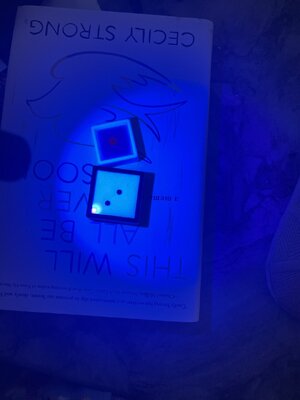
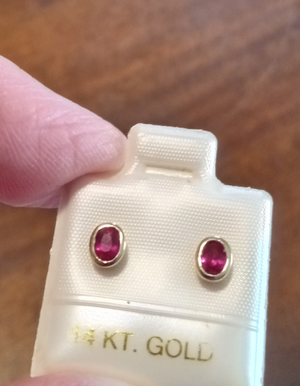


300x240.png)